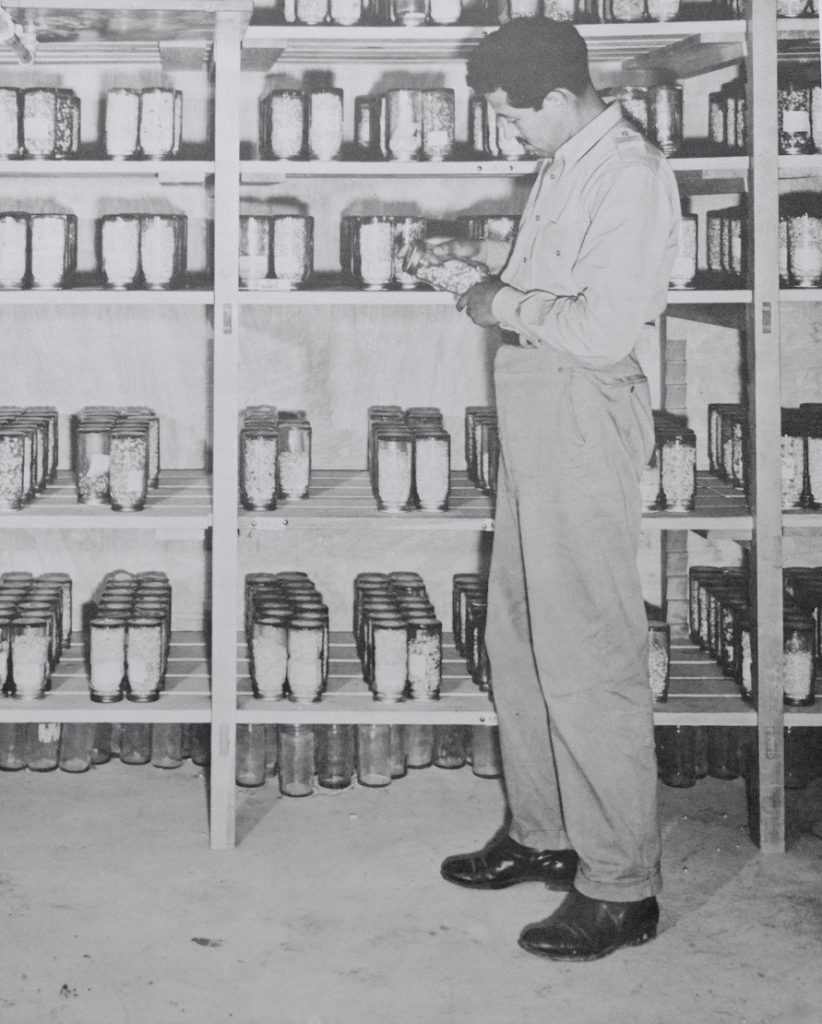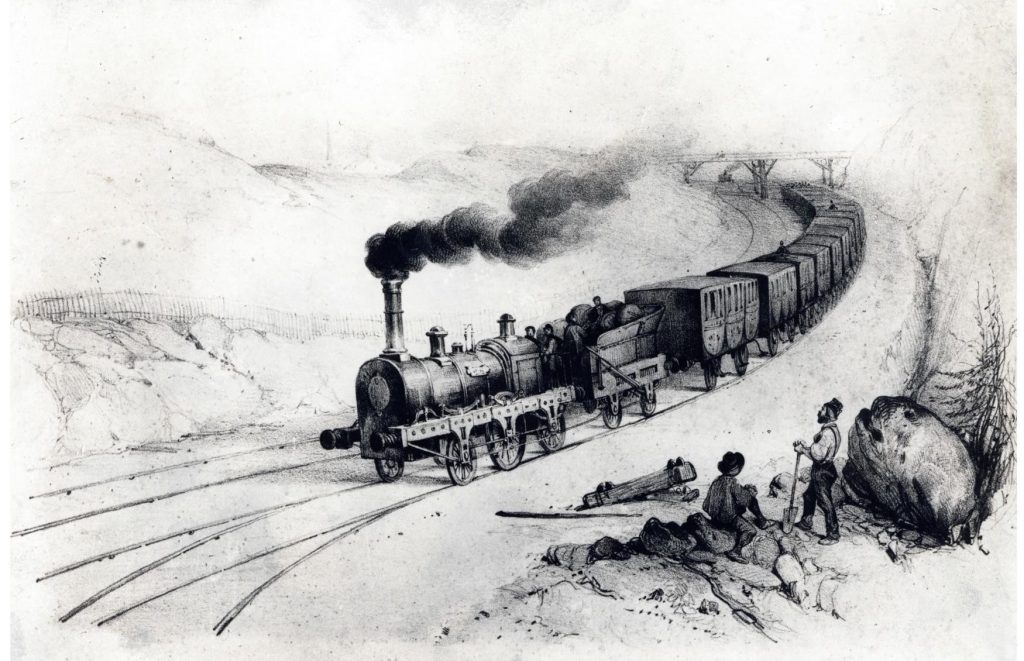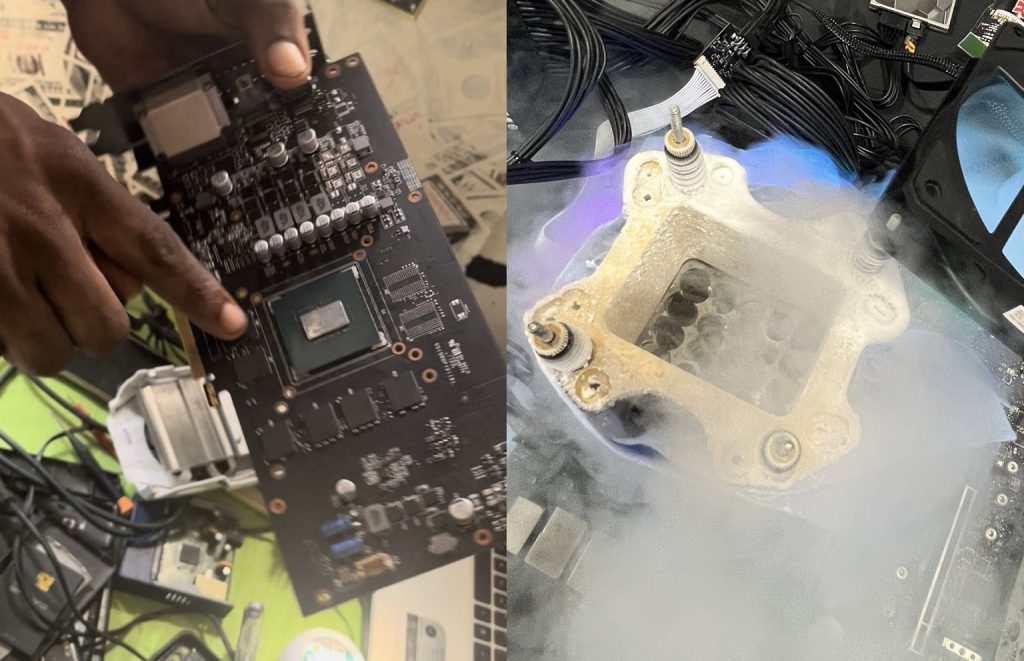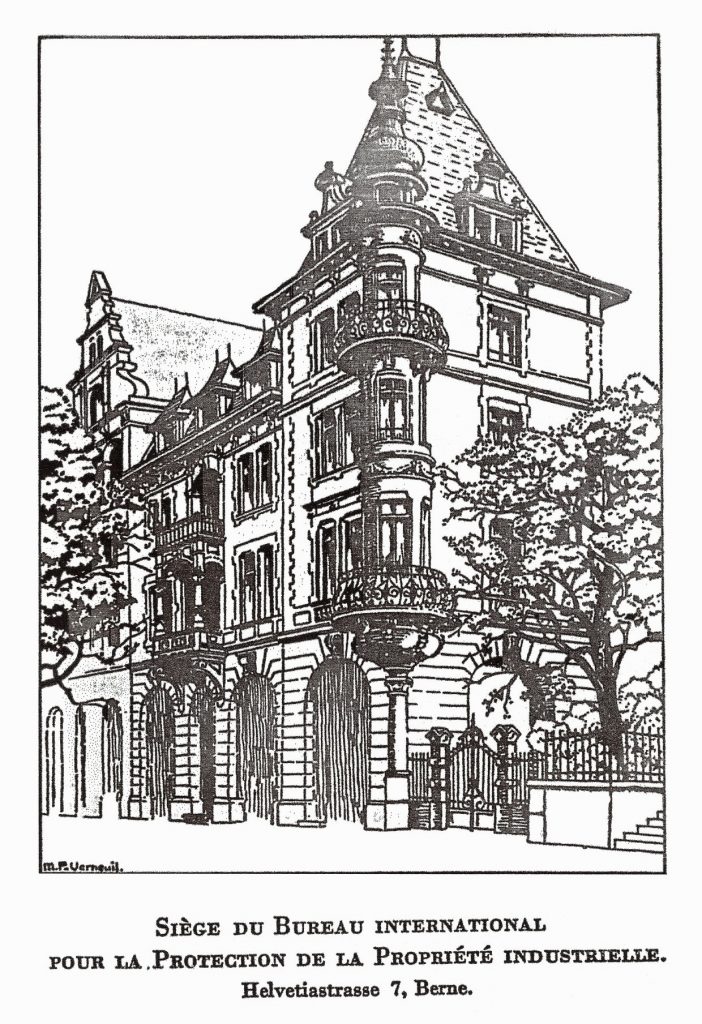Combining historical analysis with socio-ethnographic approaches, this project traces the evolution of the use and conservation of crop diversity from the Green Revolution to date. The historical perspective is mainly based on the archives of the Rockefeller Foundation, which include the Ford Foundation projects. The fieldwork concentrates on two staple crops (maize and rice) and three International Agricultural Research Centers in Mexico, the Philippines and China.
The first goal is to study the history of plant breeding in relationship with plant genetic resources conservation. The second goal is to identify what made competing approaches either dominant or marginal. The overall aim is to contribute to foster the use of agrobiodiversity in food systems, connecting conservation efforts with evolutionary plant breeding and participatory approaches.
This project is funded by a Future Food Initiative fellowship.

When and why did copyright and patents emerge? How did artistic creations and technological inventions become objects of property? What kind of new social contracts did different countries and cultures build to accommodate the rise of intellectual property? Beyond legislation and jurisprudence, what kind of discursive, material and mediatic practices have shaped the evolution of intellectual property? How have copyright and especially patents shaped what it means to do science and engineering? These questions are at the core of an investigation that looks at the longue durée history of intellectual property, from the eighteenth century to today.

How did lay citizens become involved in the production of scientific knowledge? Where does this movement fit in the broader history of public participation in science? How did the rise of the “amateur” redefine expertise in a democratic society? And who are these “citizen scientists” today? These are some of the questions that this project on the transformations of public participation in science addresses, in collaboration with the research team led by Prof. Bruno J. Strasser at the University of Geneva.

Locomotive engines plumed with steam and smoke are an icon of nineteenth century industrialisation, an aesthetic subject for the artists. During almost a century and a half, they have also been a source of nuisances and the subject of many complaints and legal conflicts, most of them about black smoke emission. Multiple factors increased the problem throughout the period, to the point locomotives were acknowledged as a major contributor to urban atmospheric pollution.
The project will take the smoke example to discuss the railway industry as a polluting industry, with energetic micro transitions having multi-scale consequences on its environment from mere inconveniences to a public health problem. It will compare smoke abatement solutions circulating between different national spaces in Northwestern Europe (Belgium, France and the UK), from legislation and regulatory constraints to technological and managerial innovation, and evaluate their efficiency by confronting official sources to the complaints archived from railway neighbors and workers.

Data science as a discipline located at the interface between statistics and computer science, is increasingly becoming part of administration practices at all levels of government. Driven by the ever-growing scale of data collection and processing, the emergence of data science requires new kinds of expertise and new kinds of infrastructures. This project aims to study the development of data science practices in the context of public administration through an ethnographic approach. It will investigate the technical practices of quantification and their constitution through social interactions and organizational dynamics, with a focus on Switzerland.

Digital growth and optimization is often depicted in the general public as weightless and non-materially situated: disembodied from our earth and its circuits of raw minerals extraction, purification and assemblage. Taking the counterpoint of such rhetorical tropes, my thesis will map the environmentally situated practices of computing by zooming-in at the level of the Graphical Processing Unit (GPU): the ubiquitous and critical computer chip accelerator required to power our actual digital landscape driven by energy intensive processes ranging artificial intelligence to 3D immersive environments. To this end, this research work will inquire about these environmental human practices of computing by focusing on two socio-technical contexts where computing and the environment intertwine: 1) GPU thermal optimization through overclocking and 2) informal recycling of the GPU metal debris located in the electronic waste landfill of Agbogbloshie, Ghana. As a research-through-design PhD, it will also address these environmentally situated practices by combining academic research and fieldwork with hands-on critical and speculative design projects: inquiring about the ecological infrastructure of computing at the level of the materiality of the GPU itself. In opposition to these internet discourses, such hybrid inquiries will be foundational in order to address, map and speculate in an open-ended way about the past, present and near-future intersections and connection between computing power and our earth processes and materials.

Although it was common for inventors and manufacturers to take out patents in many foreign countries already in the early nineteenth century, industrial property only started to be internationally institutionalized with the Union of Paris in 1883, which sought to harmonize very diverse patent legislations. Before this process (provisionally) culminated with the advent of modern intellectual property management under the World Intellectual Property Organization, which was founded in 1973, various interest and power claims clashed and competed, in a period that witnessed extensive technical evolution, tremendous changes in the international economic and politic order, and two world wars. This project aims at understanding the history of the internationalization of industrial property by looking at the intense debates and rule-making that took place between ca. 1883 and 1970 in the specific arena gathering public and private international organizations, industry lobbyists and prominent nation-states such as France, Germany, Great Britain, and the USA.
This project is funded by the Swiss National Science Foundation (grant 207571).
